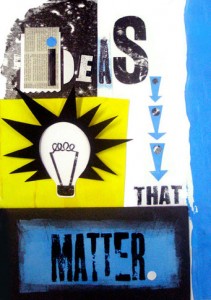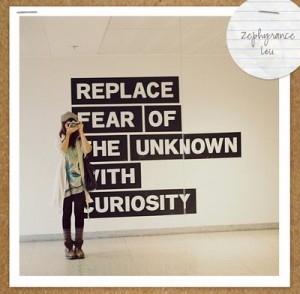Hit a Wall? Your Mindset Matters
“Borders? I have never seen one. But I have heard they exist in the minds of some people.”
– Thor Heyerdahl, innovator, adventurer, and border-smasher
I have a friend who installed the same invisible dog fence I did, but he admitted he didn’t bother with the training and simply installed the underground wire and shackled his dog with the electrical buzz collar which would shock the dog whenever he got near the line. His thinking was the dog would just learn the boundaries himself and viola! – a dog self-trained to stay in the yard. I asked him what happened, and he described that as his young boisterous dog started to run and play as usual he would get shocked and, since he didn’t associate the pain with any clear boundary, he eventually sat in the middle of the yard shaking in fear, paralyzed to move. From that point on all the dog wanted to do was stay in the house.
There are many dimensions to this story – not least the owner’s choice and behavior – but what I want to address is the dog’s perspective. The dog, not understanding why the random shocks, arrived at a state psychologists call “learned helplessness.” It’s the point at which they (we) are capable of believing that nothing we do matters, and regardless of our action, we’re going to be punished or bad things will befall us. A sense of control, and a sense that our behavior matters, is one of the most important predictors of happiness, and in turn workplace productivity, collaboration and creativity.
In a 2002 study from the Families and Work Institute, researchers concluded the following six criteria for creating an effective workplace:
• Providing job autonomy;
• Creating learning opportunities and challenges on the job—where employees can grow,
learn, and advance;
• Developing environments where supervisors support employees in being successful on
the job;
• Developing environments where coworkers support each other for job success;
• Involving employees in management decision-making; and
• Creating flexible workplaces
All of the above offer workers more, not less control and autonomy over their team, their task, their technique.
Carol Dweck, author of Mindset, in a series of studies, has found that people fall into two gross categories – those who believe their intelligence and aptitude is fixed, and those who believe their intelligence and capabilities are malleable and can change over time with effort. When people are in a learning, instead of a fixed mindset, they continually keep getting better because they try harder and constantly put themselves in positions where they might fail. And keep getting better because, or despite of, the challenges they self-impose.
In the invisible fence example, think of the ways in which you bump up against boundaries and how you react to them. Do you run back to the middle quaking, or spend time probing to understand that invisible boundary and then concoct ways to circumvent, or leap beyond it? Or maybe tunnel under? And if you are the boundary-creator, ask yourself why? It could be a legitimate boundary – we do it to our kids all the time for health, or safety, or learning, etc… But in my experience, when you give trust, you get trust, and sometimes exceptional performance.








